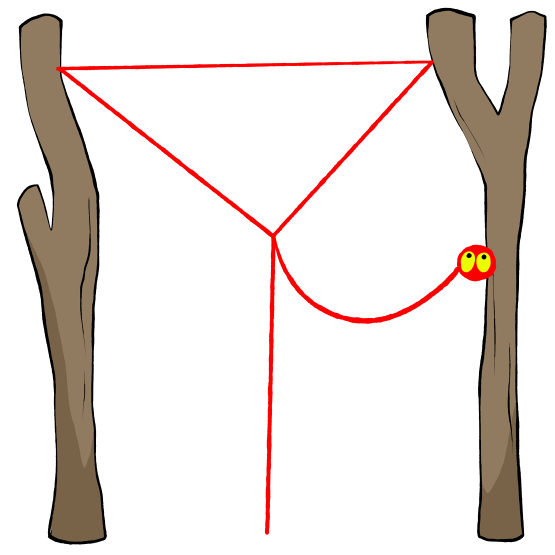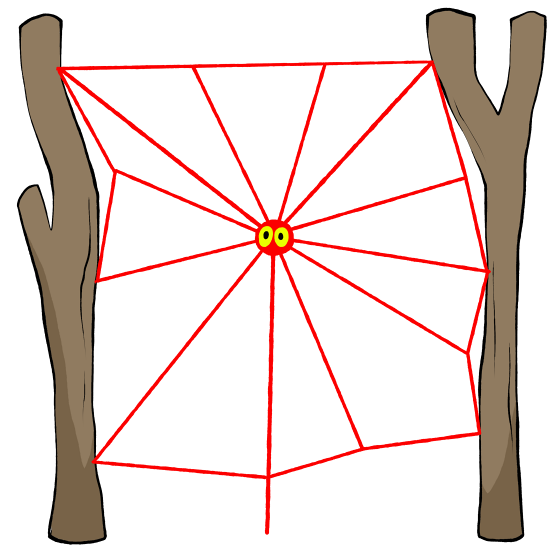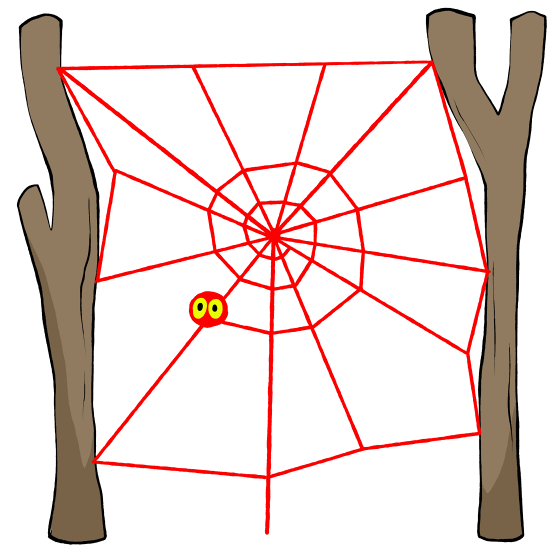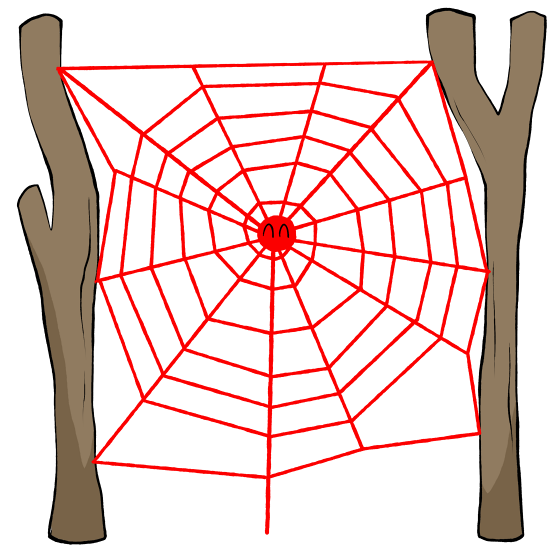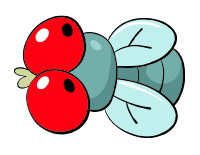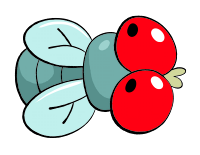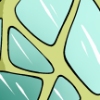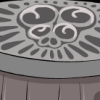
DAY THREE: ARANEUS ORB SPIDERS
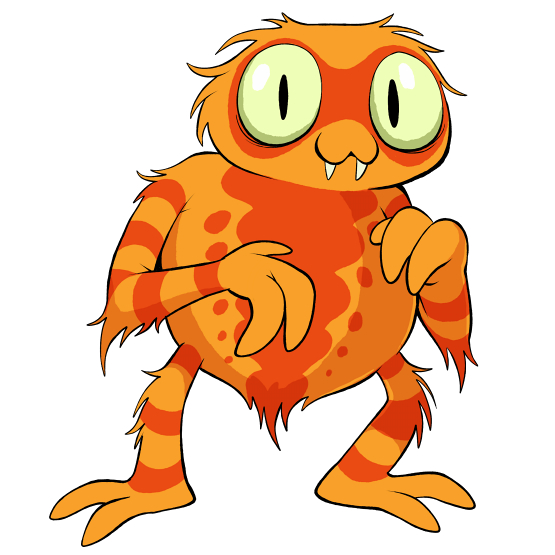
[REAL PHOTO HERE]
Yesterday, we discussed one of the most common and anatomically straightforward of all the hunting spiders. Today, we look at some of the most exemplary of the web-making spiders! There are over 650 species in the genus Araneus, the most common of which include the European Garden Spider, the Marbled Orb Weaver and the Barn Spider, though it can be difficult to tell some of them apart when different individuals of the same exact species can vary an impressive degree in coloration, pattern and shape!
Typical Araneus do at least tend to stick with shades of orange, yellow, red, brown and tan, which are quite suitable camouflage for the months when they're most active. In fact, if you live almost anywhere currently experiencing fall, and it is October, you just might find some of this genus outside as we speak, having reached their adult sizes by around mid-September! They're seldom recognized as more than just a "generic" spider, but they ought to be recognized as the official spider of Autumn. Some species even go by the common name of "pumpkin spider!"
Araneus are also among those spiders who build the classic, iconic "orb web," and if you've ever wondered how a spider weaves that beautiful pattern but were too afraid to look it up, it's finally your lucky day!
Finding a nice spot between two vertical surfaces, the spider "shoots" her first line across the gap, and yes, sometimes the location and angle of her new home is determined for her by a windy day.
Our spider will repair her web whenever it sustains damage, and about once every 24 hours, she'll take all the rest of it down, eat as much as silk as she can, and start the ENTIRE process over.



